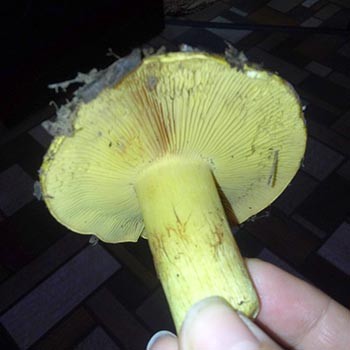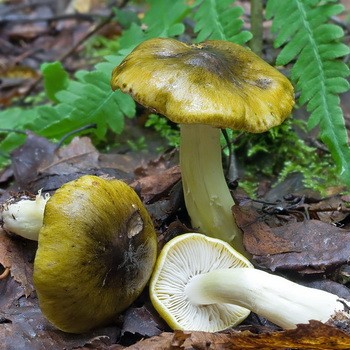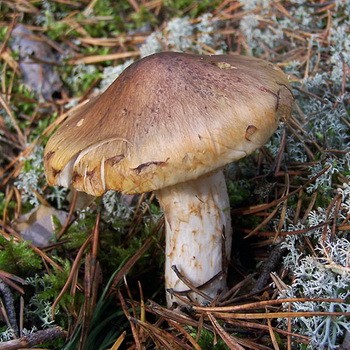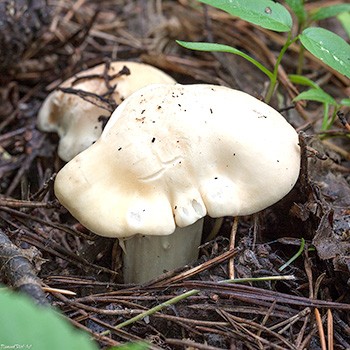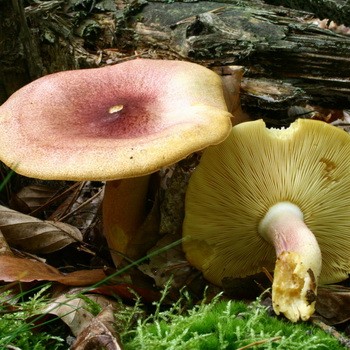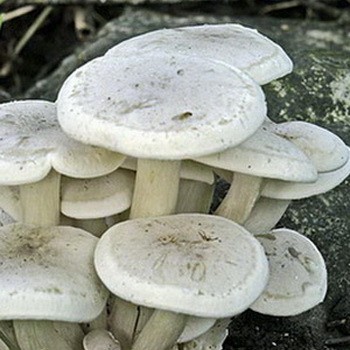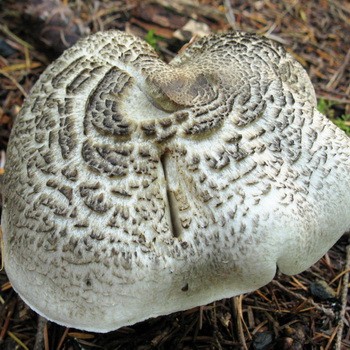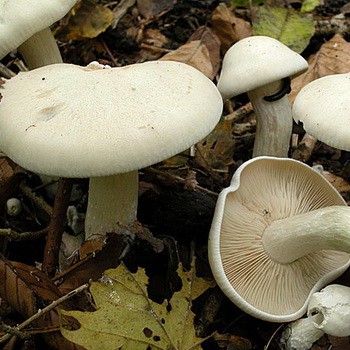Inedible mushroom
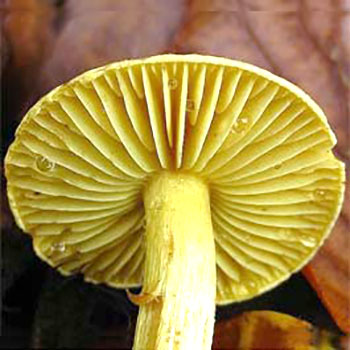
Opinions of specialists in mycologists regarding the mushroom rowing sulfur-yellow are very different. Some consider it poisonous, others simply inedible. In Russia, this fungus is classified as a poisonous species, which has low toxicity. Nevertheless, it is worth saying that in most reference publications designed to identify and describe fruiting bodies, sulfur-yellow rowing is considered inedible. At the same time, other sources indicate that the fungus is poisonous, although not fatal. The worst that can happen from eating this fruiting body is mild poisoning in the form of an intestinal upset, without a fatal outcome.
Sulfurous false rowing grows in deciduous and coniferous forests, often on soil, sometimes on fallen trees and stumps, which are covered with moss.
Fruiting of the fungus begins in mid-August and continues until the first frost.
It is important to remember! Since the description of the poisonous representative of the rank-and-file family is very similar to the description of the edible greenfinch, they should be collected only to those who can accurately determine the edible instance from the inedible. Therefore, if you are not sure which mushroom is in front of you, do not risk cutting it off. Exercising caution in this matter will help you avoid unpleasant consequences that can cause false rankings.
Content
Mushroom Ryadovka sulfur-yellow: photo and description
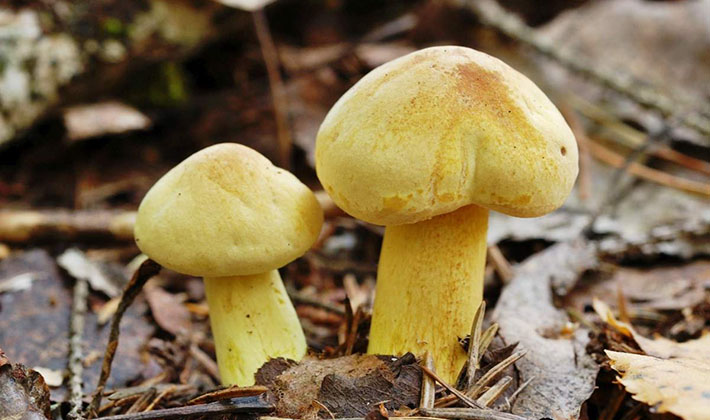
For acquaintance, we offer to see a detailed description of the order of sulfur-yellow and photos.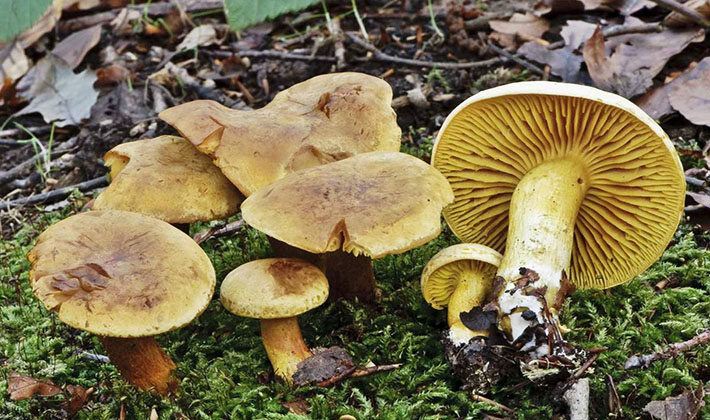
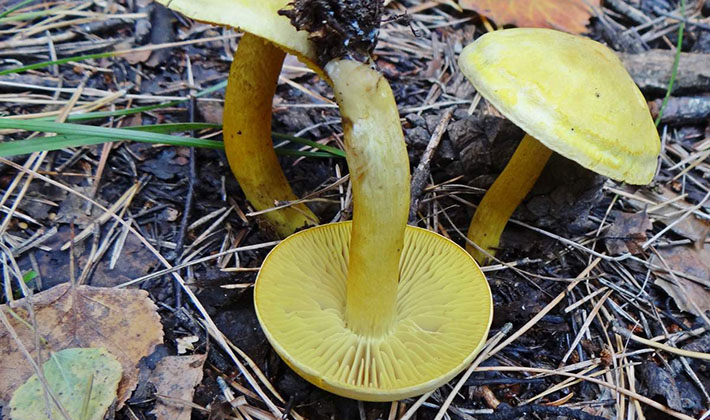
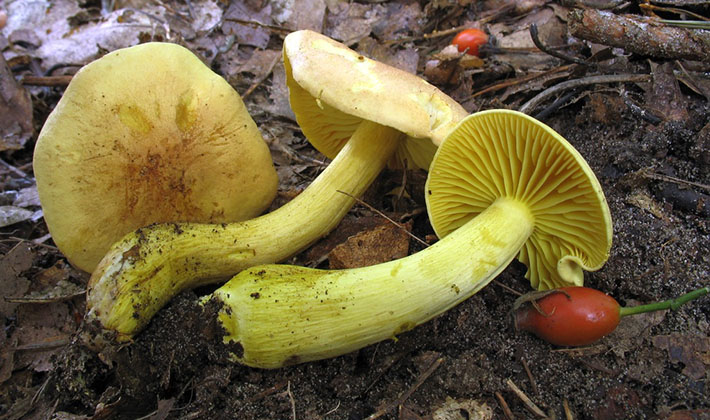
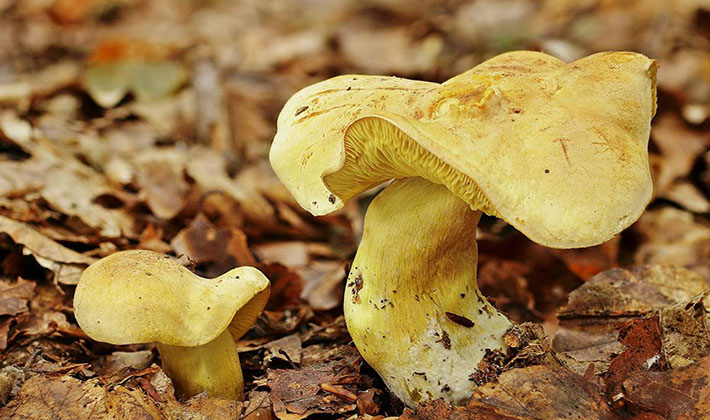
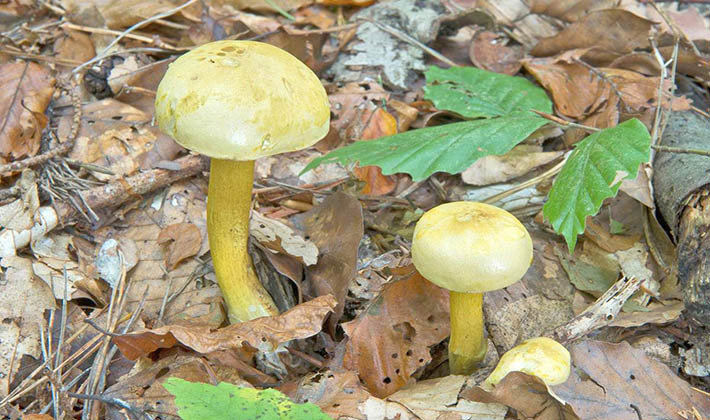
Latin name: Tricholoma sulphureum.
Family: Ordinary.
Synonyms: Sulfur row, false sulfur row.
 Hat: the diameter varies from 3 to 8 cm, some specimens reach 10 cm. First, this part of the fruit body has a convex or hemispherical shape. With age, the hat becomes flat-convex with a recess in the central part. The surface of the cap has a sulfur-yellow color, which over time acquires a brown hue with softly expressed fibers. To the touch - velvety, and in wet weather - slippery. This feature is clearly shown in the photo of the row of sulfur-yellow, made after the rain:
Hat: the diameter varies from 3 to 8 cm, some specimens reach 10 cm. First, this part of the fruit body has a convex or hemispherical shape. With age, the hat becomes flat-convex with a recess in the central part. The surface of the cap has a sulfur-yellow color, which over time acquires a brown hue with softly expressed fibers. To the touch - velvety, and in wet weather - slippery. This feature is clearly shown in the photo of the row of sulfur-yellow, made after the rain:
Leg: height varies from 3 to 12 cm, and thickness from 0.5 to 2 cm. Sometimes it has a thickening in the upper part or vice versa - thinning. The color of the legs under the hats is bright yellow; from bottom to bottom it becomes sulfur-yellow. At a more mature age, longitudinal monochromatic or dark fibers are noticeable on the surface. The legs of the old specimens are curved and sometimes densely covered with brown scales.
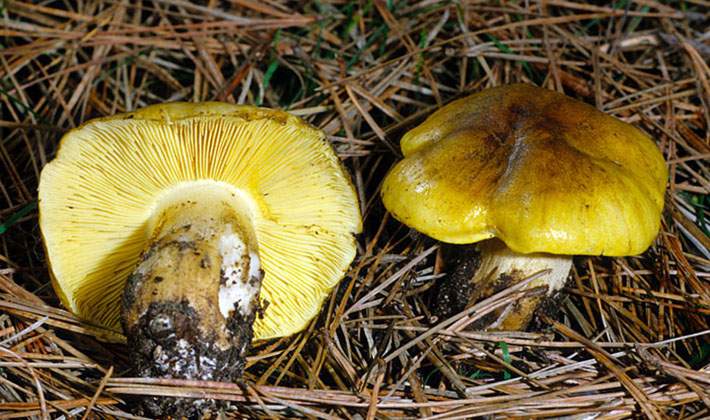 Pulp: the color may be sulfur yellow or with a greenish tint. The last color feature leads to the fact that the false sulfur row is confused with greenfinch - an edible mushroom. The pulp smell is very unpleasant, reminiscent of the smell of acetylene or tar, sometimes hydrogen sulfide or light gas. The flesh of the row of sulfur sulfur tastes bitterness.
Pulp: the color may be sulfur yellow or with a greenish tint. The last color feature leads to the fact that the false sulfur row is confused with greenfinch - an edible mushroom. The pulp smell is very unpleasant, reminiscent of the smell of acetylene or tar, sometimes hydrogen sulfide or light gas. The flesh of the row of sulfur sulfur tastes bitterness.
Records: adhered to the pedicle and notched, with an uneven edge. According to the description of the row of sulfur-yellow plates, it is quite rare, thick and wide.They have a sulfur-yellow color, with the same painted edge.
Disputes: white, almond-shaped, often irregular in shape.
Application: it is not used in cooking, as it is considered an inedible mushroom.
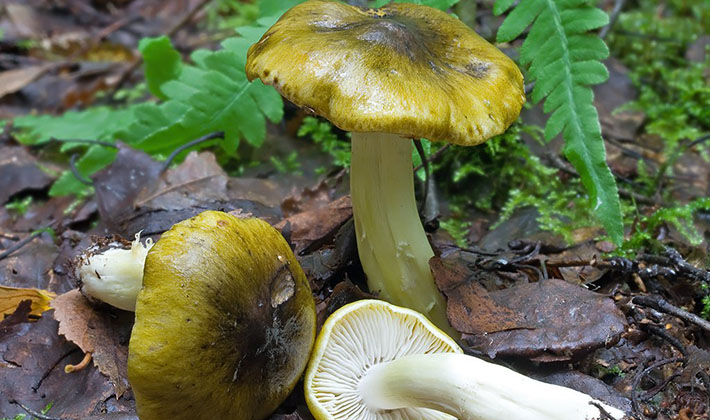 Edibility: inedible or poisonous mushroom of low toxicity, which can cause mild gastric poisoning. As already noted, this type of rowing has a pungent odor, reminiscent of the smell of hydrogen sulfide, as well as an unpleasant bitter taste.
Edibility: inedible or poisonous mushroom of low toxicity, which can cause mild gastric poisoning. As already noted, this type of rowing has a pungent odor, reminiscent of the smell of hydrogen sulfide, as well as an unpleasant bitter taste.
Similarities and differences: often this type of fruiting body is confused with edible rows - isolated, earthy-gray, gray and yellow-red. Pay attention to the photo of sulfuric false rowing to make it easier to distinguish from other species. Sometimes a row can be confused with greenfinch, but it is much larger in size, with frequent plates and pulp of white or yellowish color.
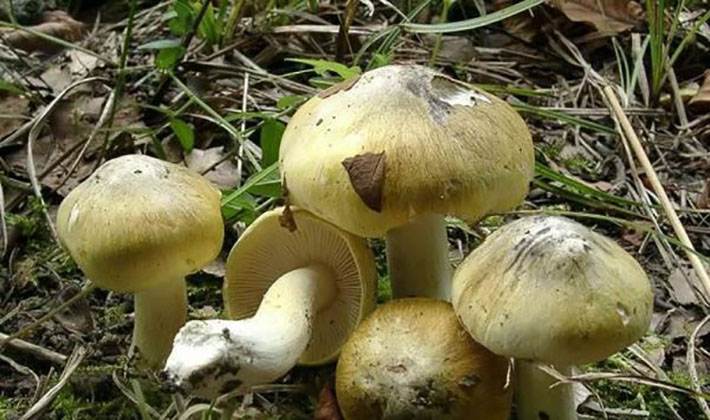 Spread: usually prefers deciduous, mixed and coniferous forests. It grows in groups or rows, resembling "witch circles" on rich limestone and sandy soils. Often forms mycorrhiza with beech, oak, a little less often - with fir and pine. Sulfur-yellow row can often be found on roadsides, in park areas and even in summer cottages.
Spread: usually prefers deciduous, mixed and coniferous forests. It grows in groups or rows, resembling "witch circles" on rich limestone and sandy soils. Often forms mycorrhiza with beech, oak, a little less often - with fir and pine. Sulfur-yellow row can often be found on roadsides, in park areas and even in summer cottages.
Sulfur row is widespread throughout Russia and Europe - from the Mediterranean to the Arctic latitudes.
Fruiting: The mushroom, Sulfur yellow, begins fruiting in August and ends in October.
Signs of poisoning inedible sulfur yellow row
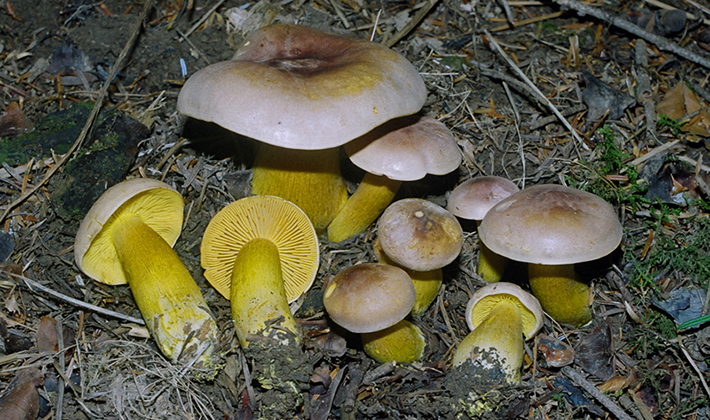 It is worth noting that the signs of poisoning when eating inedible rowing of sulfur-yellow are no different from the signs of poisoning with other poisonous species of mushrooms. The first symptoms are detected after about 40 minutes or over the next 2-3 hours. Abdominal pain, weakness, headache begin, then nausea and vomiting may occur. Only with timely medical attention, all symptoms quickly disappear and you can expect a full recovery without any complications.
It is worth noting that the signs of poisoning when eating inedible rowing of sulfur-yellow are no different from the signs of poisoning with other poisonous species of mushrooms. The first symptoms are detected after about 40 minutes or over the next 2-3 hours. Abdominal pain, weakness, headache begin, then nausea and vomiting may occur. Only with timely medical attention, all symptoms quickly disappear and you can expect a full recovery without any complications.
Now, knowing the exact description and looking at the photo of the sulfur-yellow rowing mushroom, you can safely go to the forest for mushrooms. However, even having the necessary knowledge about this inedible representative, be careful and accurate. Then picking mushrooms will not harm your health, and a walk through the forest will leave only a pleasant impression.
